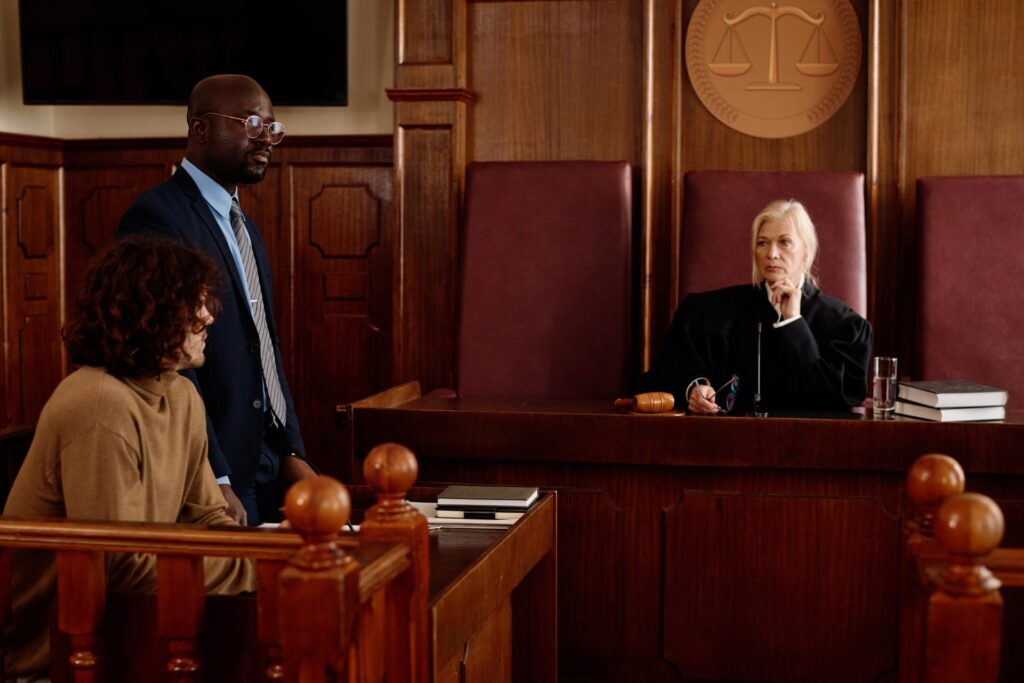A petition for rule to show cause is a legal procedure in which one person, the petitioner, says that another person, the respondent, has not followed a court order or judgment. The petition is a document detailing which order or judgment was not followed and details of how the judgment or order was violated. It’s not the only way to request the courts to enforce these orders. Understanding the two primary methods of asking the courts for help is key to deciding which would be most helpful in your case.
What Is a Motion to Enforce in Illinois
This is the easiest way to request Illinois courts step in to enforce a previously issued judgment or court order. If the courts grant a motion to enforce, they issue a second judgment or order requiring the respondent to obey the first one.
What Is the Difference Between a Petition for Rule to Show Cause and a Motion to Enforce in Illinois
The primary difference is in the legal consequences of each.
Motion to enforce. There are no specific legal consequences for this. The respondent will not receive jail time or other punishment, and no attorney fees are involved. It’s a more straightforward process as well. Basically, it’s asking the court: “Please help me push the respondent to hold up their end of the judgment or court order” without the need to provide details of how the order isn’t being followed. It’s a less formal procedure in which the respondent isn’t embarrassed by being served papers or having highly detailed documents outlining what the petitioner alleges is not being done by the respondent.
Petition for the rule to show cause. Unlike the motion to enforce, a petition for rule to show cause can result in a civil contempt of court ruling. It’s a more formal procedure, with a document fully detailing the alleged lapses. If approved, the document must often be formally served to the respondent.
When filing a petition for rule to show cause, the petitioner must provide proof that the judgment or order has not been followed. If evidence isn’t provided, the court can deny the petition. Once the petitioner has provided proof accepted by the court, it falls to the respondent to prove that the petitioner is wrong and the evidence improper. There will be at least one appearance in court.
What is a “Purge”?
When the court agrees to the petitioner’s rule to show cause, the respondent has the opportunity to correct their lapses through a process called a purge. For example, if the petition accused the respondent of falling behind on child support payments and provided proof that that happened, the respondent has the chance to repay the amount owed.
The court will decide if the respondent has to pay the amount in full or, if there are extenuating circumstances (such as the respondent being unemployed), the court may determine the appropriate amount of repayment.
What Happens if the Purge Doesn’t Happen or Only Happens in Part?
This situation is where the petition for rule to show cause and motion to enforce are most different. The petition for rule to show cause can require the respondent to show up in court
and explain why they haven’t made good on the judgment or order. If the court deems the reasons inadequate, the respondent could be imprisoned for contempt of court. How long that prison term lasts depends on how quickly the respondent can purge the contempt. If they’re found to be in contempt of court, they’ll also be required to repay the petitioner’s attorney fees.
How Should I Choose Between a Motion to Enforce and a Petition for Rule to Show Cause?
Every case is unique, with different attributes that can make one of the processes seem preferable. Even though the petition for rule to show cause is more legally stringent, there are reasons to try the motion to enforce. For example: In divorce cases, especially where child custody and support are involved, the person claiming the order or judgment isn’t being adequately followed may want to keep the situation calm and civil. Serving someone with a legal document requiring them to come to court could inflame emotions right away. A motion to enforce can be viewed as a friendly reminder or nudge.
A petition for a rule to show cause is definitely more punitive than a motion to enforce. Because the petition can lead to a ruling of contempt of court against the respondent and the potential of jail time and having to pay the petitioner’s attorney fees, it can be seen as a more aggressive, threatening maneuver. When the primary goal is to get someone to own up to their responsibilities and requirements, threatening jail time can put the respondent on the offense and create hostilities.
That said, if there’s a pattern of refusal to obey an order or judgment, if a motion to enforce has been tried with no results, or if there’s reason to believe the respondent has no intention of honoring them, it could be time for a petition for rule to show cause.
What Should I Do if I’ve Been Served or Need to Serve a Petition for Rule to Show Cause?
Call us as soon as possible at 312-757-4833 for a no-obligation free consultation. The courts take these types of petitions seriously and shouldn’t be ignored or handled carelessly. Working
with our experienced, knowledgeable family law attorneys can help you through either side of the petition. We’ll work hard to help you gain the best possible outcome.









